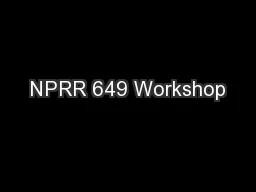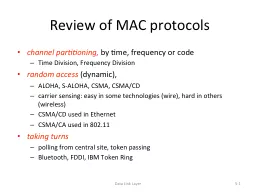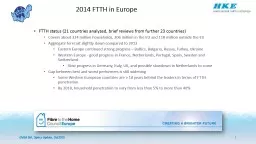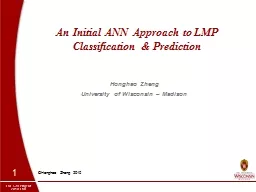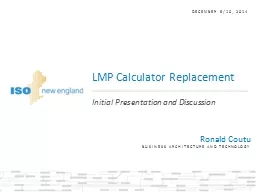PPT-Extension to the Link Management Protocol (LMP/DWDM -rfc420
Author : natalia-silvester | Published Date : 2016-02-27
draftdharinigertccampg6982lmp02txt Dharini Hiremagalur Juniper Networks Gert Grammel Juniper Networks John E Drake Juniper Networks Gabriele Galimberti
Presentation Embed Code
Download Presentation
Download Presentation The PPT/PDF document "Extension to the Link Management Protoco..." is the property of its rightful owner. Permission is granted to download and print the materials on this website for personal, non-commercial use only, and to display it on your personal computer provided you do not modify the materials and that you retain all copyright notices contained in the materials. By downloading content from our website, you accept the terms of this agreement.
Extension to the Link Management Protocol (LMP/DWDM -rfc420: Transcript
Download Rules Of Document
"Extension to the Link Management Protocol (LMP/DWDM -rfc420"The content belongs to its owner. You may download and print it for personal use, without modification, and keep all copyright notices. By downloading, you agree to these terms.
Related Documents


